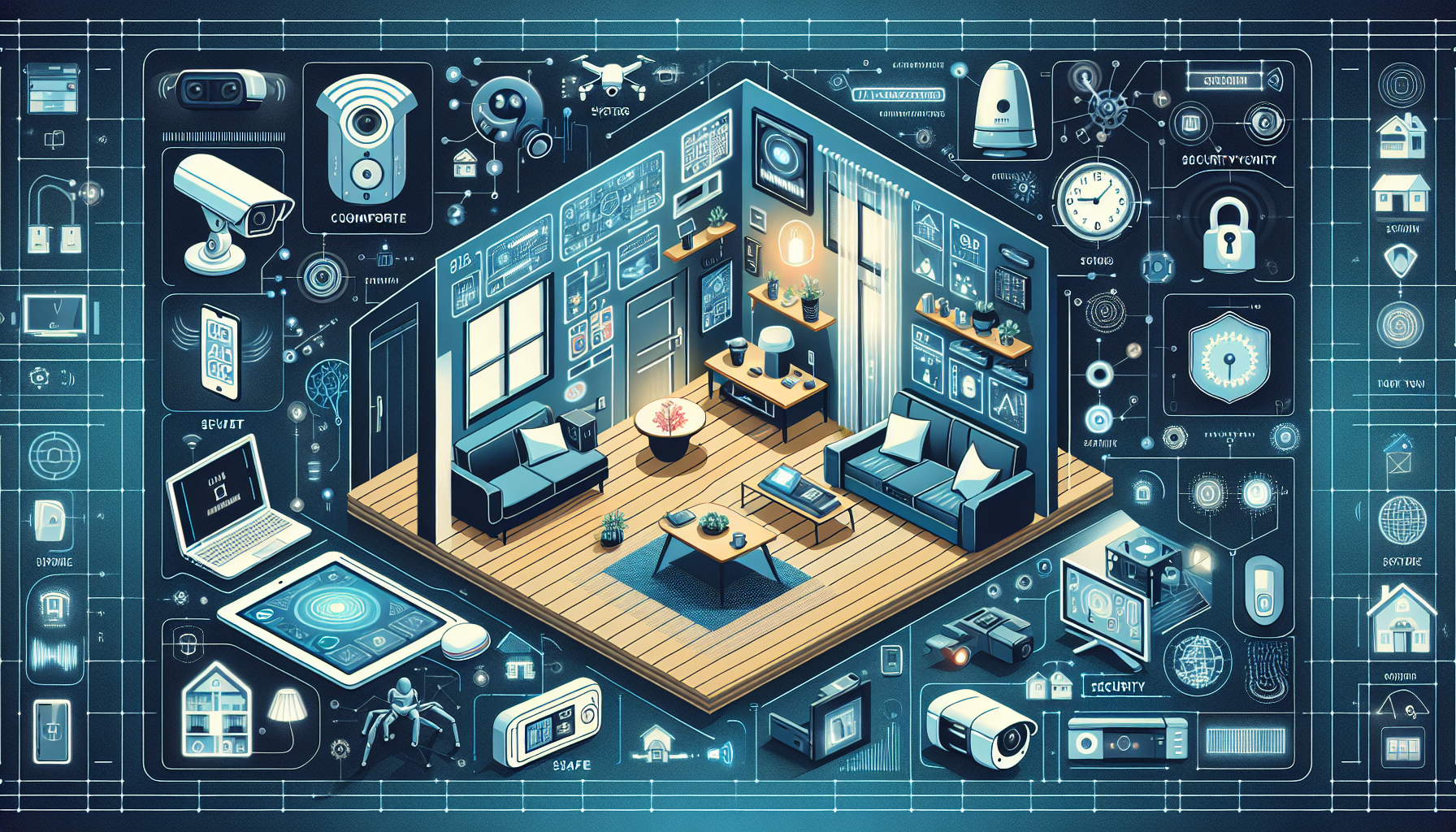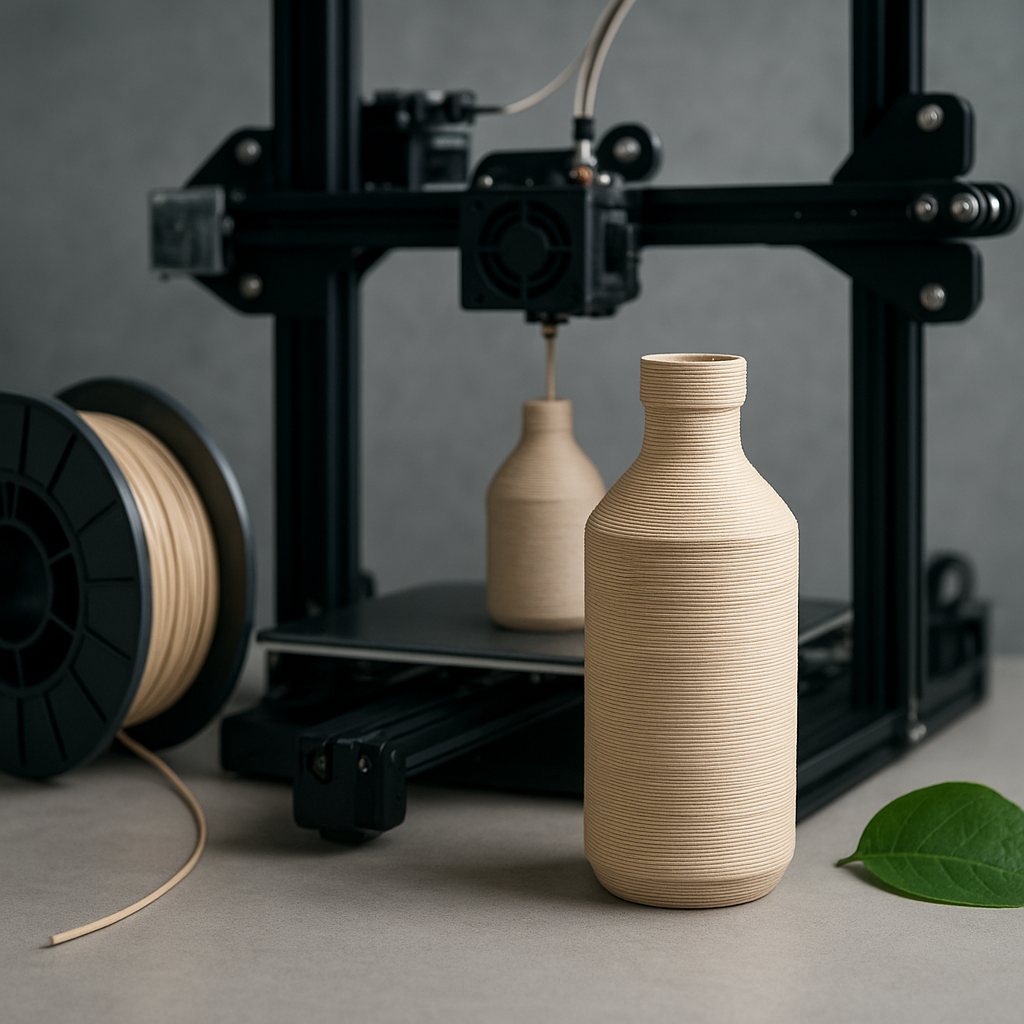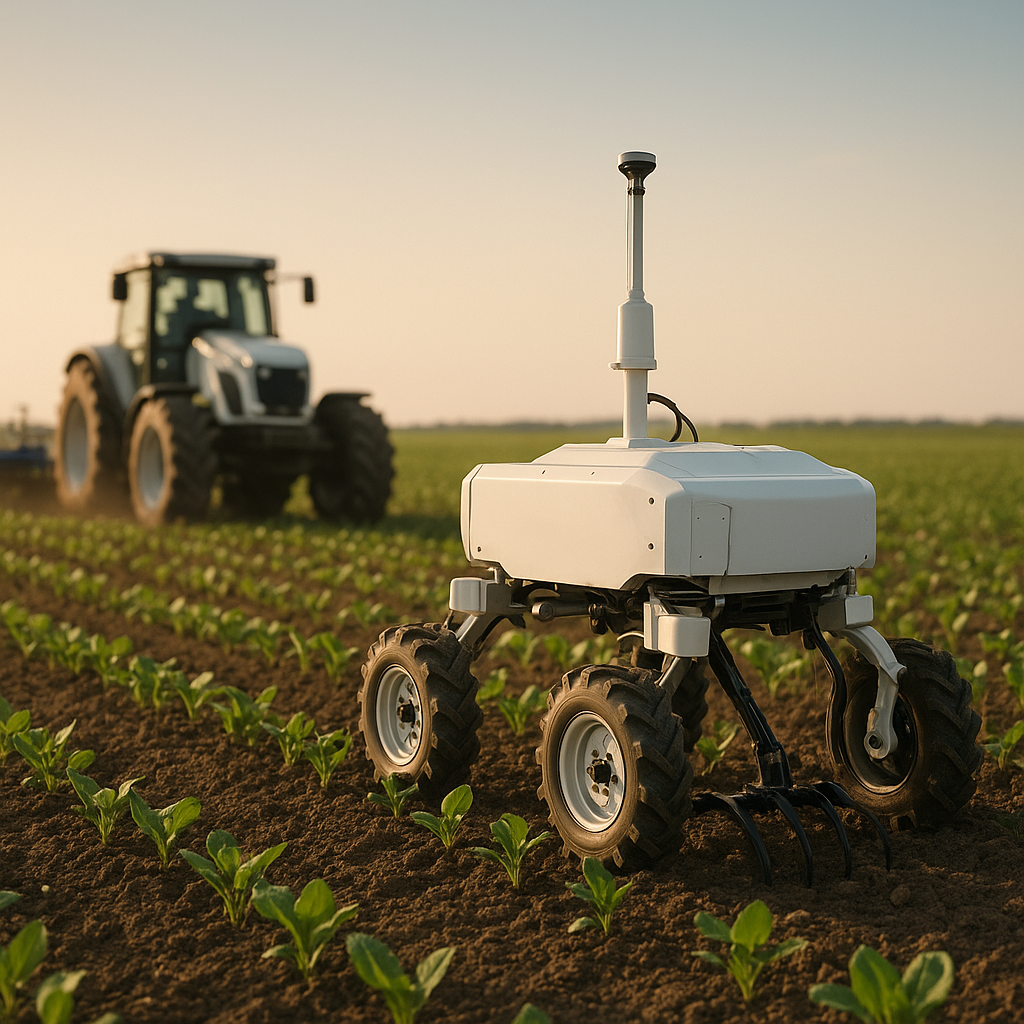Smart Home Technologies: New Trends in Comfort and Security
As smart home technologies continue to evolve, they are transforming the way we experience comfort and security in our homes. Recent trends indicate a growing interest in integrated systems and AI-driven devices that enhance safety and convenience. This article explores the latest advancements and user preferences shaping the smart home landscape in 2025.

The Rise of Smart Security Systems
Recent surveys highlight a significant shift in consumer attitudes toward home security. Homeowners are increasingly embracing smart security solutions, driven by enhanced functionalities and advanced technologies. Security cameras, in particular, have seen a surge in popularity, allowing homeowners to monitor their properties in real-time and deter potential threats.
- Increased Camera Use: A significant portion of respondents in a recent survey reported that surveillance cameras have made them feel safer in their homes. With features like night vision, motion detection, and live streaming, these devices provide reassurance and control.
- Smart AI Capabilities: Innovations in AI technology are making security cameras more intuitive. For instance, the Baseus Security X1 Pro, noted for its dual-tracking abilities, can follow movements and send alerts directly to users' smartphones.
- Seasonal Security Solutions: With Halloween just around the corner, there’s a particular spotlight on seasonal security cameras equipped with festive features that can monitor activities, helping homeowners feel secure during holiday festivities.
Innovative Home Automation
Home automation is another key area experiencing rapid development. Systems that interconnect various devices have become commonplace, allowing homeowners to control lighting, temperature, and security features all from a central hub or mobile app.
- Integrated Systems: With devices working seamlessly together, users can create customized environments. For example, a smart thermostat could adjust the heating automatically when smart locks detect that residents are home.
- User-Centric Design: Modern smart home products focus on ease of use, enabling users to set up and control their systems without needing extensive technical knowledge.
- Feedback Loops: Smart devices are designed to learn from user behavior, adapting settings over time to enhance overall comfort and efficiency. This trend not only improves user experience but also contributes to energy savings.
Comfort at the Core of Smart Home Technologies
Beyond security, comfort remains a paramount focus for smart home technology developers. By leveraging user-friendly interfaces and smart algorithms, these technologies aim to create a harmonious living environment.
- Environmentally Friendly Choices: Many consumers are looking for eco-friendly options in their smart home devices. Features like energy-efficient appliances and sustainable design are becoming selling points.
- Health Monitoring: As more people prioritize wellness, smart home technology is starting to incorporate health monitoring features. From air quality sensors to sleep trackers, users can maintain healthier living conditions.
- Event-Triggered Actions: Home automation systems are increasingly capable of executing complex sequences of actions triggered by user activities. For instance, a morning routine can include rising shades, brewing coffee, and turning on the lights—all scheduled automatically.
Challenges and Consumer Concerns
Despite the many benefits, integration of smart technologies does not come without challenges. Security and privacy remain top concerns for users reluctant to embrace smart home innovations.
- Privacy Issues: There is a growing apprehension regarding data collection and misuse. Consumers are increasingly vigilant about ensuring their personal information is protected.
- Compatibility: With numerous brands and systems, compatibility issues can frustrate users attempting to establish cohesive smart home networks.
- Reliability: Homeowners need assurance that smart technologies will perform as intended, especially concerning security applications, where malfunctions can lead to serious consequences.
The Future of Smart Home Technology
Looking ahead, the trend indicates a strong demand for devices that not only enhance security but also contribute to overall quality of life. Innovations in AI and IoT (Internet of Things) are expected to further refine these technologies, making homes smarter, safer, and more efficient.
- Enhanced AI Integration: Future smart devices will likely feature even more sophisticated AI, potentially predicting user needs and adjusting settings accordingly without manual input.
- Expanding IoT Ecosystems: As more devices come online, the ability to control and monitor diverse systems from a single platform will enhance user convenience.
- Focus on User Experience: Developers are expected to prioritize intuitive design and seamless user experiences, aiming to simplify interactions while maximizing functionality.
Conclusion
The evolution of smart home technologies represents a significant shift towards more secure, comfortable living environments. As consumer preferences continue to shape innovations, the future of smart homes is expected to emphasize convenience, safety, and sustainability, marking a new era in residential living.
Related Video
Explore Smart Home Innovations Here
Related videos:








